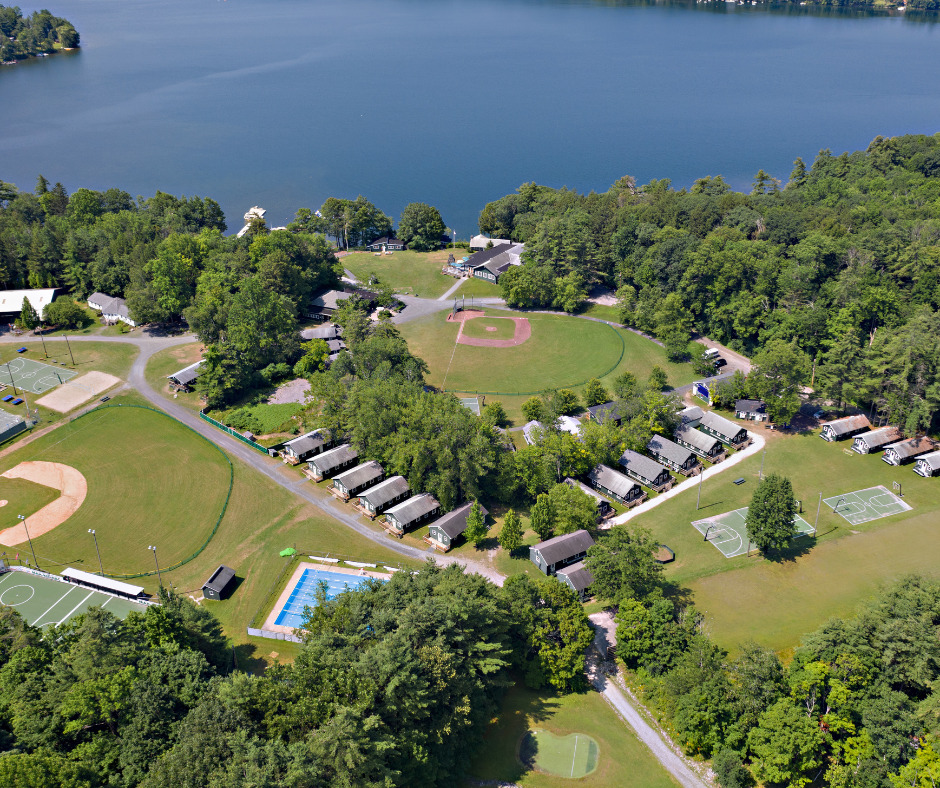Camp St. Joseph of Damascus is a camp of the Antiochian Orthodox Christian Archdiocese of North America. Camping in the Antiochian Archdiocese has existed since the 1960’s with Camp St. Nicholas being the Archdiocese’s first camping program in California. His Eminence Metropolitan PHILIP of thrice-blessed memory established the Antiochian Village in Pennsylvania in 1978 which has grown to be the largest Orthodox camping program serving well over a thousand campers each summer. In 2024, His Eminence Metropolitan SABA gave his blessing to establish a one-week camp program to serve the young people in New England. We pray that this camp will provide an opportunity for young people to live in Orthodox community and to grow in their faith while in the summer camp setting.
Mission Statement
Camp St. Joseph of Damascus transforms lives and nurtures faith in Jesus Christ through Orthodox Christian community living, worship, education, fellowship, and love.
Life of Saint Joseph of Damascus

A married man, St. Joseph of Damascus, as he is popularly known, was at first a weaver and then was ordained to the holy priesthood at the age of twenty-four in 1817, and assigned Great Economos of the Patriarchal Cathedral of the Dormition of the Most Holy Theotokos (al-Mariamiyeh) in the heart of the Old City of Damascus. On Monday, July 9th, 1860 the brutal massacre of Christians, which began in the mountains of Lebanon, spread to Damascus. Some Damascenes (including Michael Hawaweeny and his young wife Mariam who was bearing in her womb a son who would be the future St. Raphael of Brooklyn) fled Damascus for the port city of Beirut. The majority, however, took refuge in al-Mariamiyeh. Many had previously fled to Damascus from their mountain villages, while others came to the Cathedral from the Christian Quarter of Damascus and the villages that surrounded the city.
St. Joseph took up his communion kit containing the Reserved Sacrament, left his home and began to make his way to the Cathedral by jumping from rooftop to rooftop across the narrow streets of the Old City. As he went, he stopped to confess and commune the aged and infirm who could not flee their homes, encouraging them with stories from the Lives of the Great Martyrs. On Tuesday morning July 10th, the Cathedral was surrounded, pillaged and burned by a fanatical crowd. Those inside the holy temple perished in the flames; of those who escaped and fled into the streets, most were shot or caught and forced back into the burning building, while only a few, including St. Joseph, survived.
As he roamed the narrow streets searching for survivors who needed confessed and communed, St. Joseph was surrounded by the enemies of Christ. Seeing that his end was near, St. Joseph took out his communion kit and consumed what remained of the Body and Blood of Christ. Recognizing him as the “leader of the Christians,” the persecutors savagely attacked him with axes. Then, binding his legs with ropes, they dragged his mutilated body through the streets to be mocked and spat upon by jeering onlookers. St. Joseph’s sacred relics were then unceremoniously pitched into the city dump along with those of the other New Martyrs (numbering two thousand five hundred men plus women and children).
St. Joseph and his Companions were glorified by the Holy Synod of the Patriarchate of the Great City-of-God Antioch and all the East in the year of our salvation 1993. Through their intercessions, O Christ our, have mercy upon us. Amen.


